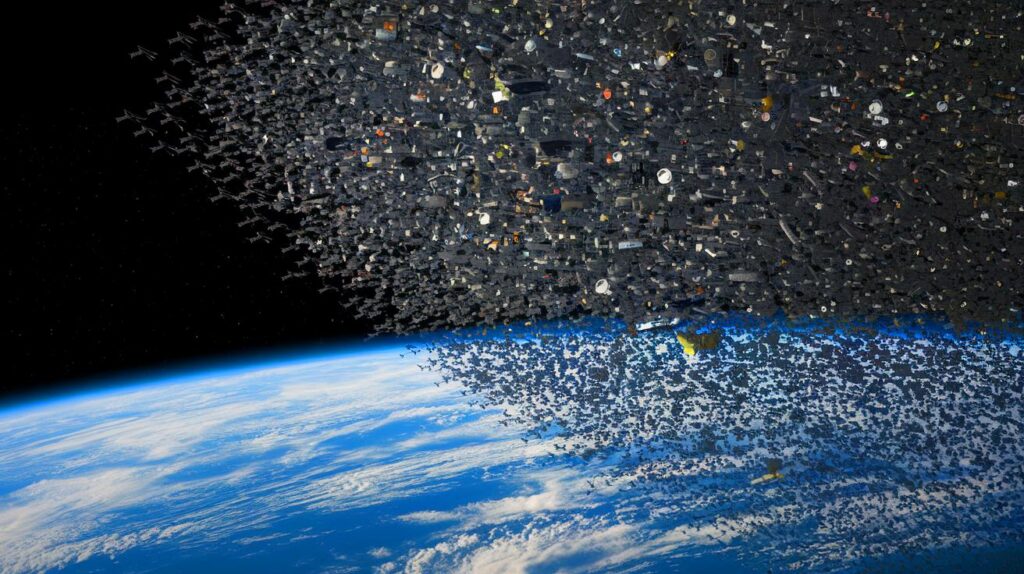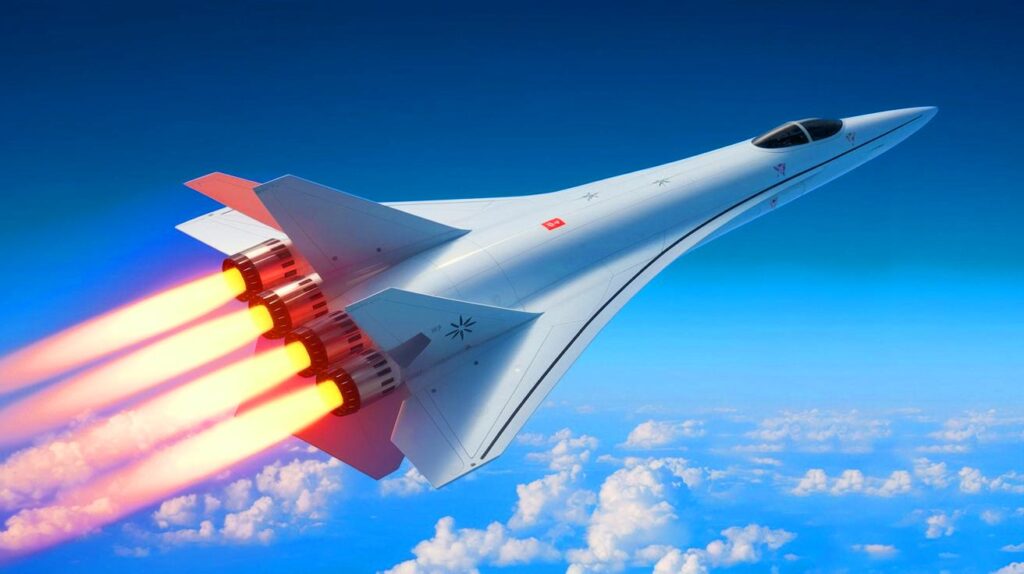| IN BRIEF |
|
China’s mega-constellation satellite projects have sparked significant concerns within the international scientific community. Given the scale of the planned deployments, experts are ringing alarm bells regarding the potential consequences for the space environment. The threats posed by space debris and the increased risk of collisions cannot be overlooked. Analyzing China’s space practices and their global implications, it becomes essential to grasp the stakes in this frantic race for space.
Guowang and Qianfan Constellations: A Colossal Space Ambition
China has unveiled its ambitious plans for the Guowang and Qianfan constellations, each aiming to deploy 10,000 satellites in low Earth orbit. This monumental project will require over a thousand rocket launches, which is not without consequence for the space environment. The first launches have already started in 2024, marking the beginning of a new era of Chinese space connectivity. However, these massive deployments raise major concerns about the management of space debris.
Experts worry about the impact of these thousands of satellites on scientific observations and orbital safety. As demonstrated by SpaceX’s Starlink constellation, such satellite density can obstruct crucial astronomical observations. Furthermore, the possibility of a catastrophic scenario, known as the Kessler Syndrome, becomes increasingly plausible. This phenomenon, where a collision in orbit triggers a chain reaction of additional collisions, could render certain orbits unusable.
The Challenges of China’s Launch Practices
China’s launch practices have often been criticized for their lack of safety and sustainability measures. In 2022, several launches associated with the Tiangong space station resulted in uncontrolled rocket reentries, prompting airspace closures in Spain. These incidents highlighted the necessity for controlled reentry practices, which, although costly, ensure the safety of property and individuals on the ground.
Currently, China leaves the upper stages of its rockets in low Earth orbit, presenting a major issue. These used rocket stages could remain in orbit for over a hundred years, raising the risk of collisions. Jim Shell, a consultant on space debris awareness, emphasized the urgency, noting that the mass of orbital debris could soon be dominated by Chinese rocket stages. A revision of launch practices is thus essential to prevent a space debris crisis.
Transparency and International Accountability
Transparency and accountability are central concerns regarding China’s space practices on the international stage. Despite the availability of technologies for controlled reentries, such as the Yuanzheng-2 upper stage, their application remains uncertain amid the numerous planned launches. Criticism has intensified following uncontrolled reentries in 2022, highlighting the critical need for accurate trajectory information-sharing.
Accusations of a lack of transparency should not be taken lightly. As Bill Nelson, former NASA administrator, stated, preventing risks to human life and property must be a priority for all spacefaring nations. Chinese officials’ assertions that the criticisms are anti-China propaganda do not alleviate the concerns of the international community. Cooperation and adherence to established best practices are vital for ensuring a sustainable future in space.
The Global Impact of Space Debris
The issue of space debris is not limited to China; it affects all nations engaged in space exploration. SpaceX, with its Starlink constellation, has also faced criticism for its practices, although its Falcon 9 rockets execute controlled reentries. However, the satellites themselves cause problems due to their reflective surfaces, disrupting astronomical observations.
Space debris is a global challenge that requires international cooperation. As Meredith Rawls from the University of Washington emphasized, the current situation is merely the tip of the iceberg. It is imperative to adopt coordinated measures to prevent a space debris crisis, which could have disastrous consequences for the future of space exploration.
In light of the magnitude of the challenges posed by mega-constellations and space debris, the question arises: how can the international community ensure a sustainable and safe space environment for future generations while continuing technological innovation?








